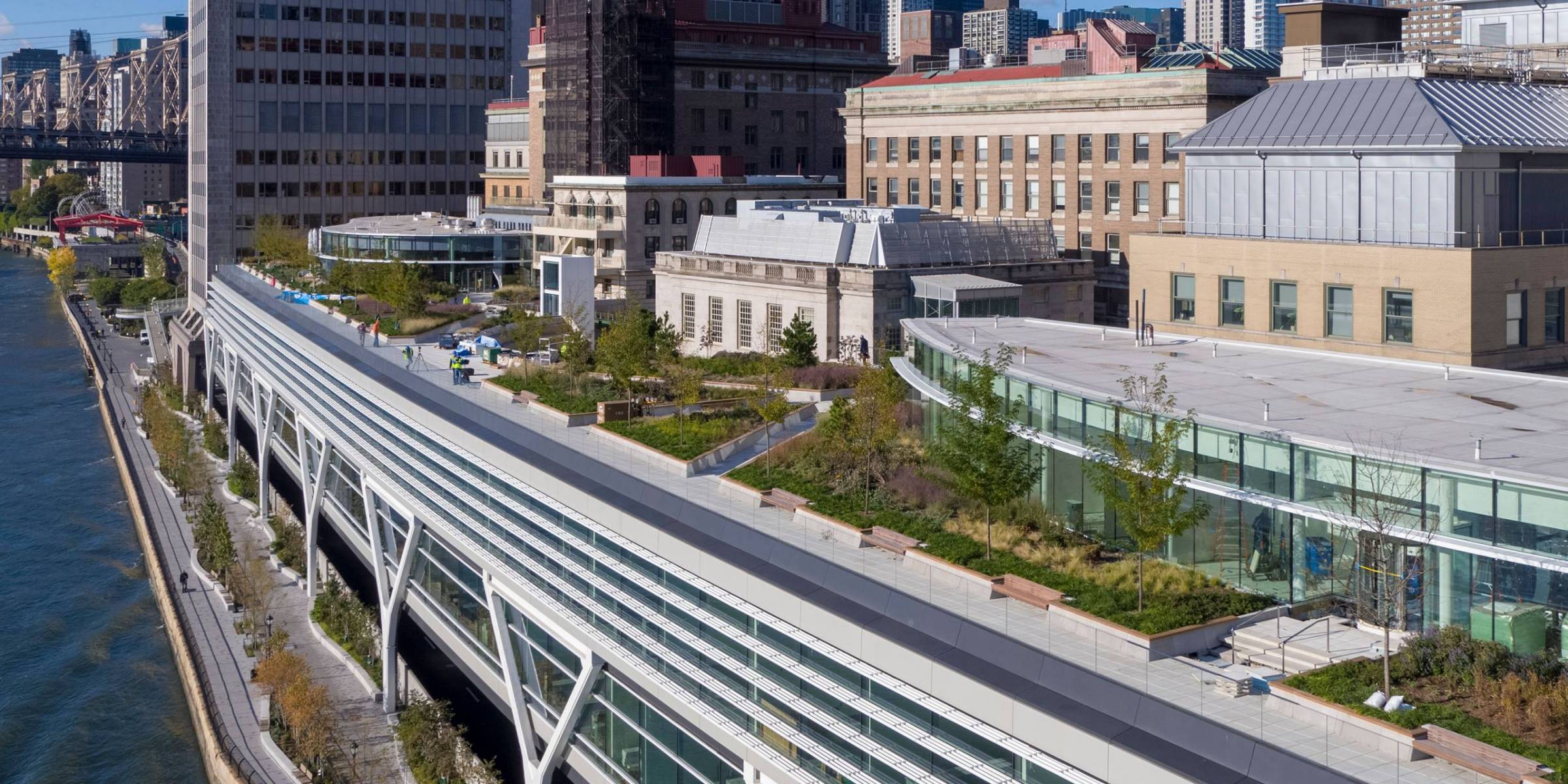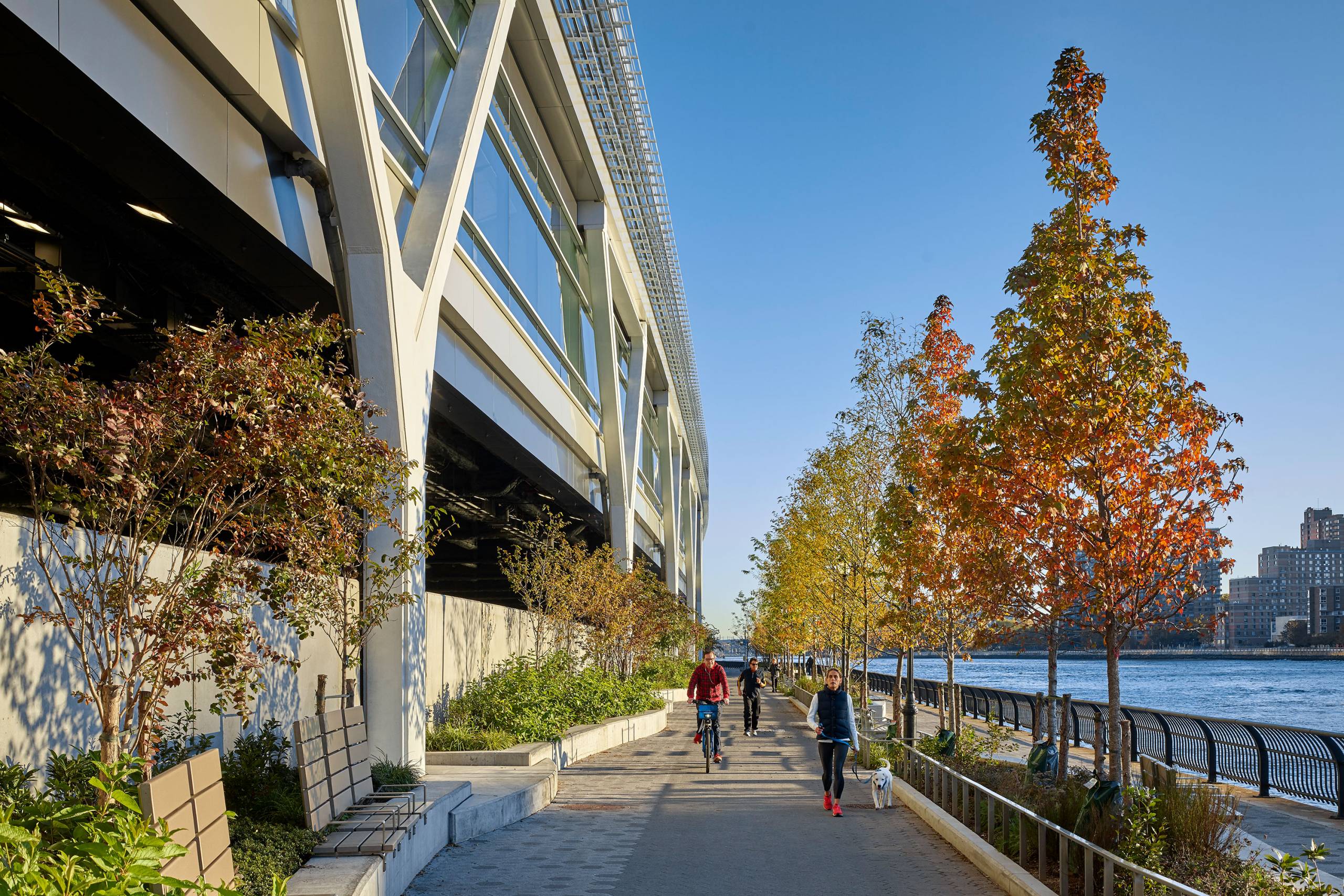

Two new acres of space to work, study, collaborate and make breakthroughs — all suspended over Manhattan's FDR Drive.
Designed by Rafael Viñoly Architects, the Stavros Niarchos Foundation–David Rockefeller River Campus has added two acres, four buildings, expansive laboratory space, beautiful landscaping, and inspiring East River views to The Rockefeller University’s existing 14-acre campus. The university achieved this feat by using Rockefeller’s air rights over the FDR Drive and constructing the Marie-Josée and Henry R. Kravis Research Building, the centerpiece of the new campus.
The Kravis Research Building provides Rockefeller investigators with two long floors of state-of-the-art barrier-free laboratory space, where one lab flows into the next. The campus features a landscaped roof with two low pavilions—the Anne T. and Robert M. Bass Dining Commons and the Hess Academic Center. In addition, a center for scientific exchange, the Anna-Maria and Stephen Kellen BioLink, was built at the northern end of the campus, adjacent to the President’s House. The Kellen BioLink is a venue for scientific cross fertilization and information sharing among Rockefeller scientists, as well as with scientists at other institutions, especially neighboring New York Presbyterian Hospital/Weill Cornell Medicine and Memorial Sloan Kettering Cancer Center.
The SNF–DR River Campus has merged seamlessly with the existing grounds, and the East River has become a significant element of campus life. The river, flowing beyond the campus into the wider world, serves as an inspiring backdrop for Rockefeller’s work.
